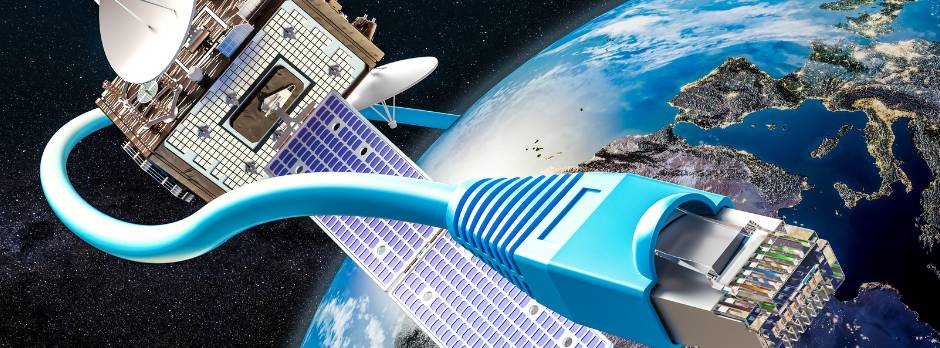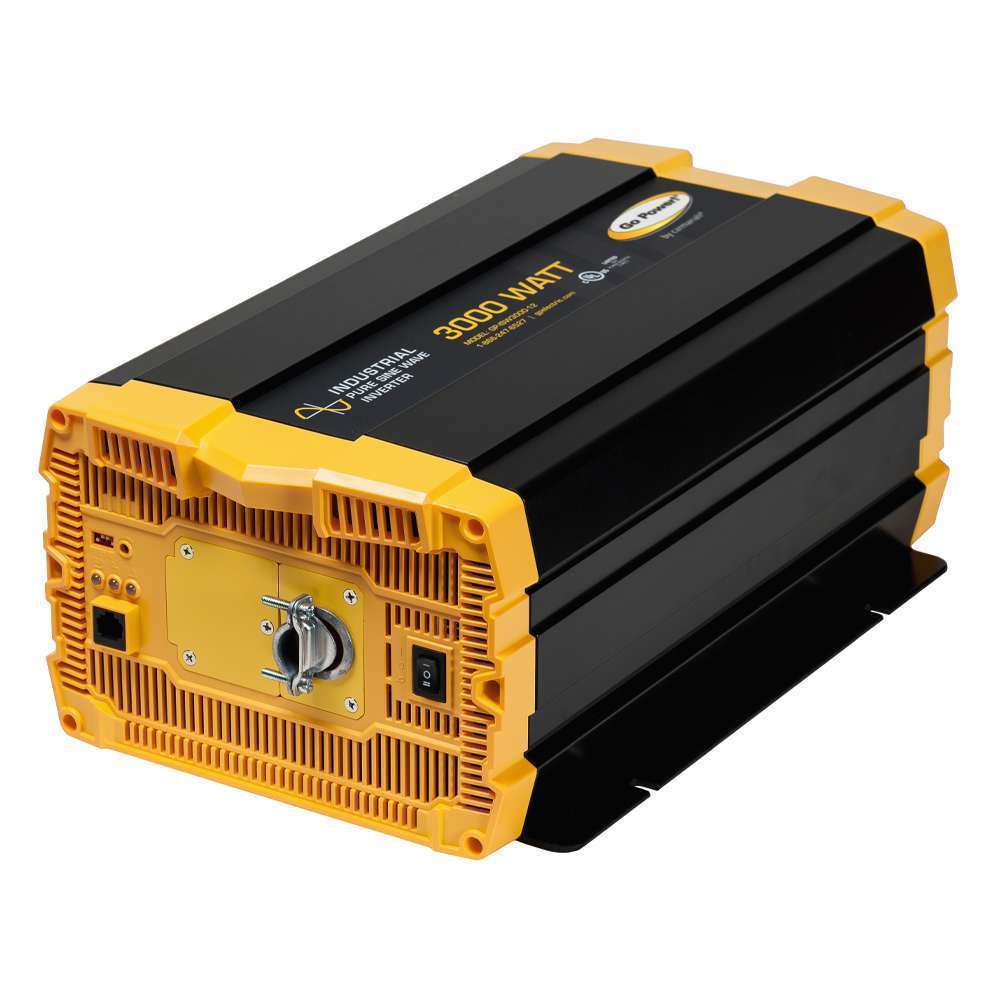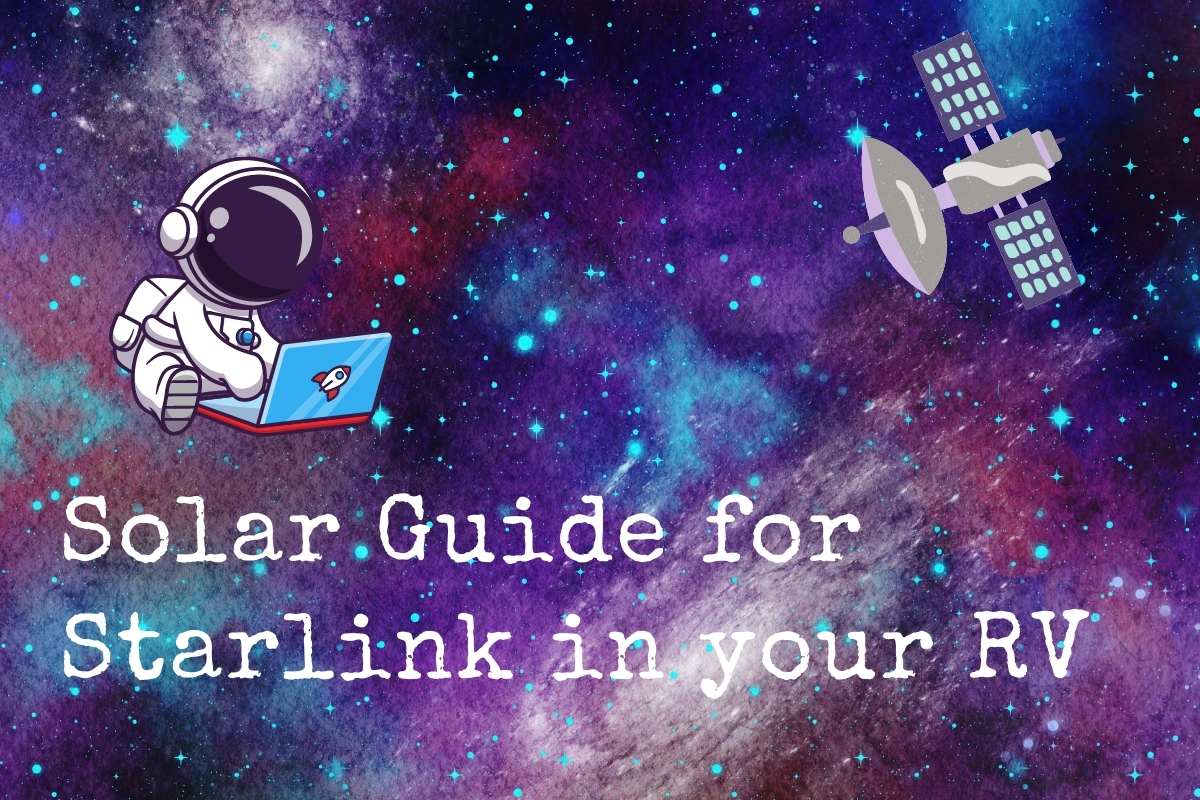The solar power guide for Starlink in your RV
updated 8/23 CoastalRVCrew
Starlink, SpaceX’s Global Satellite Constellation, might be the remote worker and RVers’ dream connection. With a global connection footprint, you could really travel in your RV just about anywhere.
Numerous times on the road, we were near national parks like Yellowstone and Glacier and had no internet services. This lack of service required long drives sometimes to complete only short tasks online.
There are some important considerations to consider with how Starlink accounts operate and where you can use them. Let’s get started.
First, let’s discuss Starlink.
Starlink is an offering from SpaceX that allows users high speed internet connectivity almost anywhere. SpaceX defines their service as such:
“Immediately access unlimited high-speed, low-latency internet on an as-needed basis at any destination where Starlink provides active coverage. $150/mo with a one-time cost of $599 for portable hardware or $2,500 for in-motion hardware.”

New updated pricing for ROAM on Starlink for RV
- $150 per month mobile regional service
- $200 per month mobile global service
- $250 Mobile Priority 50 GB service
Let’s now break down SpaceX’s offering:
-
Immediately - This means there is a good chance that when you order your kit it will be available to purchase. When I ordered Starlink, I had to wait for over a year for service. It seems like this wait time is over for most users.
-
Unlimited - This means that Starlink will allow you to use as much bandwidth as required. They may change this if their system begins to be abused by super high users. But for now it lists as unlimited.
-
High speed - Having used Starlink for over a year, my connection speed was aroung 250 Megabit
-
Low-latency - This is how long it takes to make a connection across the network. I found our latency to be pretty low and consistent.
-
As-nededed basis - This is perfect for RV users that only use their fifth wheel or motorhome for part of the year. SpaceX claims no contract required on their service.
-
At any destination where Starlink provides active coverage - Look at their coverage map, it is pretty impressive already. RVing in remote areas was always hard for remote work and connectivity. Their increased satellite coverage solves this problem.
-
$150/mo - This is their new mobile service for RVs that allow travel in a specific region. To me, this price seems very reasonable to have internet just about anywhere you go.
-
$599 for portable hardware - This is the hardware we have personally used for over a year now. Reliable and solid; just put the dish out whenever you stop to then acquire a connection.
-
$2,500 for in-motion hardware - The new Flat High Performance Starlink allows users to enjoy high-speed, low-latency internet while in-motion. This is game changing. While it is a chunk of change, mobile RVers and remote workers will most likely consider this a must.
That is a lot to break down for a service, but there is a lot of features and details to consider in their offering.
Now let’s talk equipment:
Portable Starlink Equipment (Standard)
-
Average Power Usage: 50-75 Watts
-
Portable setup
InMotion Starlink Equipment
-
Average Power Usage: 110-150 Watts to run the equipment
-
Wow, this thing is rated to 174 MPH
-
Designed for mobile applications, like on top of your RV
Power requirements for Starlink in your RV
Depending on the equipment you could be using between 50 to 150 watts 24 hours a day, unless you shut the system off when it is not going to be used for a while.
The calculations for Rv solar and power inverter system would work out as follows:
150 Watts / 12 volts = 12.5 Amps
Starlink in 24 hours will drain the following amount of your RV battery bank:
12.5 Amps (@ 12 Volts) X 24 hours = 300 Amp hours
If you are using solar panels to power your RV and recharge your battery bank, you will need to make sure your system can handle the load from Starlink. Double checking on sizing your solar array for the Starlink portion in addition to your other loads would be time well spent before hitting the road.
300 Amp hours is not trivial, but it is reasonable since a 190 watt panel produces a little over nine amps in full sun.
A sample solar and lithium battery system to run Starlink full time in your RV
- 600 Watts of solar panels
- 60 Amp MPPT solar controller
- 500 to 1000 Amp Hours of lithium batteries
- An inverter rated at above 400 watts of true sine wave power should be plenty
If you are off-grid camping, you probably have a pretty beefy solar system with lots of panels installed on your roof already. You could add another 200 Watt portable solar panel to help offset increased loads.
Tip for reducing Starlink energy consumption and RV Solar requirements
This one tip can keep you from adding more solar panels and lithium batteries in your RV. Place a switch to turn off the system completely when not needed. This simple switch will cut off all the power to the equipment when not needed. The power savings can be pretty impressive. For example, if you turn off the Starlink system during the 8 hours of average sleep, the power requirements will drop by at least one third. That is a one hundred amp hour lithium battery and we all know how much those cost. Check out RV lithiums, are they worth the cost? During the day, Starlink is mostly using the power produced by your solar panels. Running during mainly during the day should be a real win as often a fully charged solar system can actually dump the excess power in an off-grid system.
Running Starlink on a 100Ah Lithium Battery
To calculate how long Starlink could run on a 100Ah lithium battery, we need to consider the power consumption of Starlink and the energy capacity of the battery.
- Starlink Power Consumption: 150 Watts
- Battery Capacity: 100Ah
- Battery Voltage: 12V (typical for lithium RV batteries)
- Battery Energy Capacity: 100Ah * 12V = 1200 Watt-hours
Now, we divide the battery’s energy capacity by Starlink’s power consumption:
1200 Watt-hours / 150 Watts = 8 hours
So, Starlink could run for approximately 8 hours on a fully charged 100Ah lithium battery, assuming no other devices are drawing power from the battery.
A selection of Victron inverters
Quality inverters are essential for powering your RV’s Starlink satellite internet system and other electronics. True sine wave inverters deliver clean, stable power that mimics utility-grade electricity. This is crucial for sensitive electronics, ensuring uninterrupted connectivity and optimal device performance. Inverter/charger combinations are advantageous for RV setups with multiple power sources, as they integrate solar, generator, and shore power inputs seamlessly. With a wide range of capacities available, finding an inverter that meets your specific energy needs is possible. Choosing a reliable inverter ensures your RV electronics have a consistent and dependable power source. Here is a selection of Victron inverters for your RV that might be used to power your Starlink.
Charging a 100Ah Battery with a 190W Solar Panel
-
Battery Capacity: 100Ah
-
Battery Voltage: 12V (typical for lithium RV batteries)
-
Required Energy to Fully Charge: 100Ah * 12V = 1200 Watt-hours
-
Solar Panel Output: 190 Watts
-
Solar Panel Current: 9.0 Amps
-
Usable Sunlight: 6 hours
-
Potential Solar Energy Generated: 190 Watts * 6 hours = 1140 Watt-hours
-
Potential Current Supplied: 9.0 Amps * 6 hours = 54 Amp-hours
In this scenario, the solar panel could generate 1140 Watt-hours of energy during 6 hours of sunlight, which is slightly less than the 1200 Watt-hours required to fully charge the battery. The panel would also supply 54 Amp-hours of current, which falls short of the 100Ah needed.
Therefore, a single 190W, 9.0A solar panel would likely not fully charge the 100Ah lithium battery within the 6-hour sunlight window. However, it could significantly replenish the battery, especially when paired with other charging sources or energy conservation measures.
A selection of rv solar kits to charge batteries for your Starlink RV
Charging the batteries off-grid in an RV often falls to solar power. The power created is stored in your battery bank for the inverter and DC appliances to use. Having enough power to keep your Starlink running when working or streaming off-grid will be key to connected remote work and play.
Required Solar Wattage to Recharge a 100Ah Battery in 3 Hours
-
Battery Capacity: 100Ah
-
Battery Voltage: 12V (typical for lithium RV batteries)
-
Required Energy to Fully Charge: 100Ah * 12V = 1200 Watt-hours
-
Charging Time: 3 hours
-
Required Energy per Hour: 1200 Watt-hours / 3 hours = 400 Watts
To recharge a 100Ah lithium battery in 3 hours of sunlight, you would need a solar panel system capable of generating at least 400 Watts of power. This would allow your Starlink to be charged for about 6-8 hours per day of use in only about 3 hours of sun. Since there will be extra power generated many days, your starlink could run much more during the daytime.
Please note that this calculation assumes optimal solar panel placement and no energy loss through the charging process. In practice, factors like panel efficiency, charge controller efficiency, and weather conditions can affect the actual charging time and required wattage.
A selection of inverters capable of power the Starlink internet.
3 top power inverters from Go Power may be right for you too!
Go Power! makes high quality Sine Inverter Chargers and regular sine wave models as well. Sometimes all you need is the inverter, please check out the wattage for the right size for you.
3000 Watt Go Power Sine Inverter
This Go Power Sine Wave power inverter is ready to power most of your 30 amp loads. It is ready to turn 12 volt DC into 120 VAC. Hard Wire Only.
Hope you enjoy your visit to our site!
2000 Watt Go Power Sine Inverter
2000 Watt sine wave power inverter with a GFCI outlet on the front made by Go Power!
Awesome to see you here
1500 Watt Go Power Inverter
1500 Watts of clean pur power that has a GFCI and a great manufacturer, Go Power!
Thanks in advance for your support
A selection of lithiumn portable powerpacks for powering off grid
Our conclusions on adding Starlink to your RV:
After using Starlink for over a year, we find it reliable and fast. No more are the common internet outages caused by telephone poles being knocked down or wires caught by large trucks. Just add a clear view of the sky and voila, there is my Starlink Internet! If you are active online and want to be anywhere, Starlink RV is most likely for you. Portable kits are geared more toward travel trailers, teardrops, truck campers and budget users. In Motion kits are geared toward Class A, Class B, Class C, and Motorhomes.
It is an exciting time to be an RVer with all the internet choices available nearly everywhere. Head out to Yellowstone, Moab, Glacier or Great Smoky Mountains and have internet wherever you are. Add Starlink to your RV to get internet on the go!
